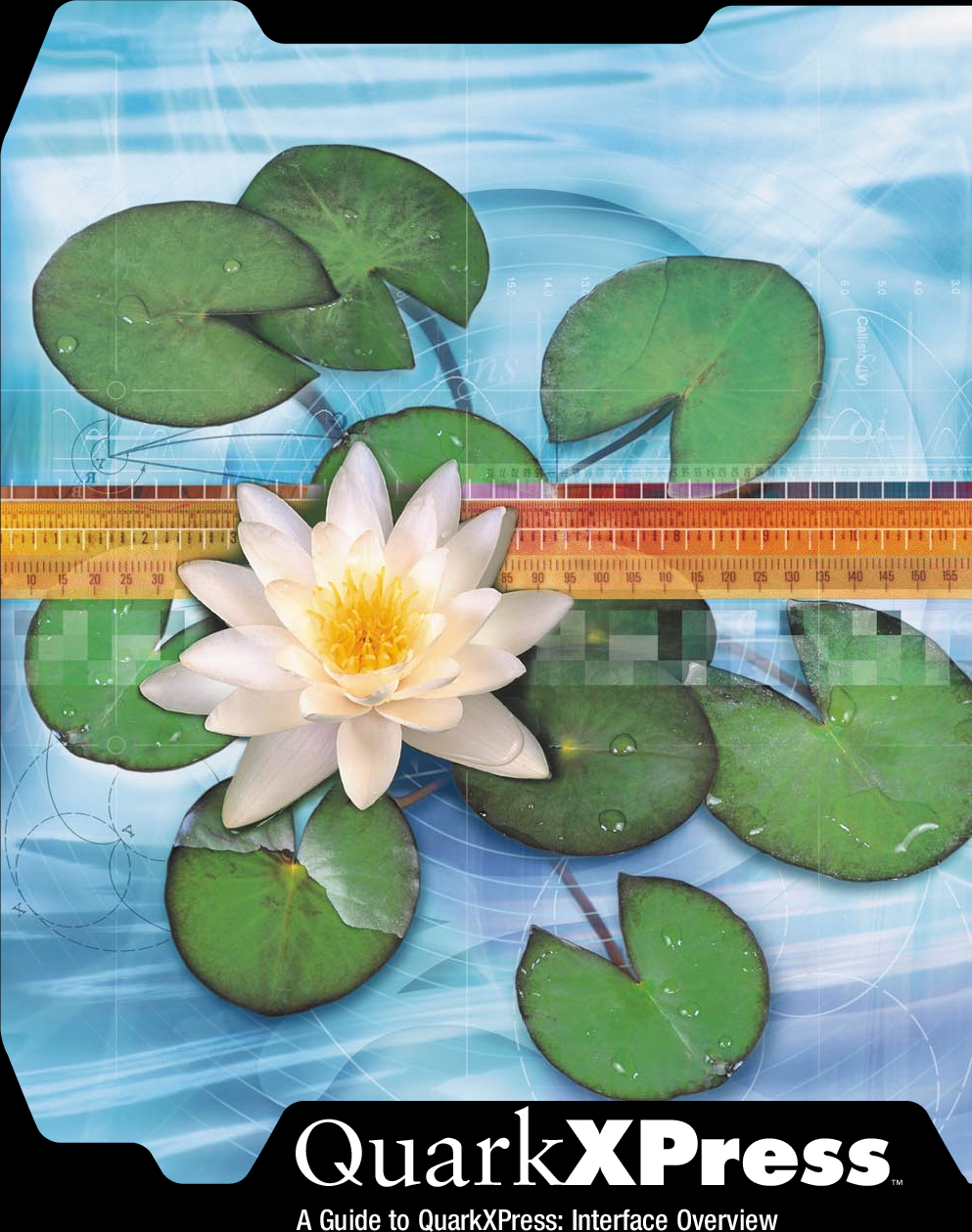

Tip: hold down the Alt (Windows) or Option (Mac) key when clicking the New Swatch button to display the Swatch Options dialog box so you can set all of the properties of the swatch at that time. Click OK when you’re done.Īnother option is to skip the Color Picker altogether and create a new swatch by clicking on the New Swatch button at the bottom of the Swatches panel, or by choosing New Color Swatch from the panel menu. In addition, you can adjust the color values to redefine the appearance of this swatch. In the Swatch Options dialog box, you can deselect the Name with Color Value option and enter a more recognizable name. Or you can right-click on the swatch and choose Swatch Options to do the same. You can modify the swatch properties by double-clicking on the swatch within the swatches panel to display the Swatch Options dialog box. This adds a swatch to the Swatches panel that is named by default using the color values that define the swatch. More after the jump! Continue reading below↓įree and Premium members see fewer ads! Sign up and log-in today. If you’re trying to create a swatch with a certain color mode, simply click within one of those field values and then click the Add Swatch button to create a swatch with that color mode. Which one you see is dictated by which color field you are currently targeting. You’ll see either Add RGB Swatch, Add Lab Swatch, or Add CMYK Swatch.
:max_bytes(150000):strip_icc()/001-highlight-background-color-email-os-x-1172877-60df6347ce2242fab5053f8b5cfcb7aa.jpg)
There’s just one additional step: When you’re defining a color with the Color Picker, you’ll notice a button within the Color Picker that allows you to add the color as a swatch. As a matter of fact, you can create swatches in InDesign using the same method described above using the Color Picker. Swatches in InDesign give you a way to increase the flexibility of applying and modifying colors throughout a document, and it’s not very hard to do. In sum, the use of unnamed colors makes it much less efficient to change the look of your document.
#ADD A COLOR TO SWATCH IN WORD FOR MAC MANUAL#


 0 kommentar(er)
0 kommentar(er)
